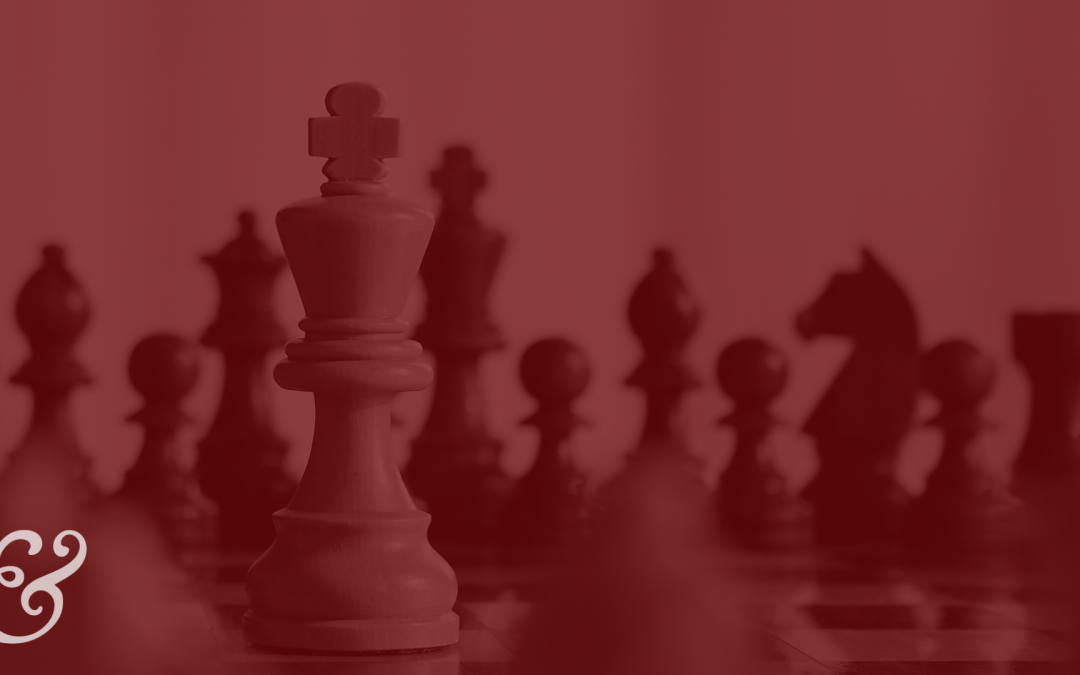However, any flaws in the benchmarking process can lead to inaccurate perceptions of your credit union’s performance. That’s why you’ll want to avoid these five common pitfalls that can lead to errors in your analysis.
- Imprecise Peer Groups
Peer groups based solely on asset size or geographic proximity don’t account for the wide range of other factors that can impact performance. Adding measures like field of membership, charter type, and operational metrics as criteria creates more accurate peer groups by narrowing your peers to only those that are most similar to your credit union. - Benchmarking Infrequently
The credit union industry is dynamic. Therefore, annual benchmarking can mask performance lags and prevent your institution from making timely operational changes. Whether it’s pricing strategies, interest rates, or housing market prices, the definition of credit union success is continuously changing, making it imperative to benchmark at least quarterly. - Limiting Potential Peers
If banks are competing in the same market, they should be part of your benchmarking analysis. While differences in the NCUA and FDIC reporting formats are an obstacle, tools like Callahan’s Peer-to-Peer make it possible. Instead of market-to-market comparisons, which may not be useful due to operational and business model differences, consider using bank peers when looking at market share, setting market-based growth goals, and identifying market trends. - Not Excluding Your Institution from Peer Groups
Including your own institution in peer groups can skew your benchmarks, preventing you from getting a true representation of your peers and the competitive landscape. The metrics you are measuring may change directionally without your institution in the mix, depending on economic factors and individual credit union performance. - Assuming Average is Excellent
Using peer averages may give insight as to how the group is performing directionally but should not be used as a measurement of excellence. The average will hide outliers both under and outperforming the peer group. Peer group averages can be used to set a baseline, but generally should not be used as a goal unless using an aspirational peer group consisting of high-performing credit unions.
Callahan can help you avoid these pitfalls.
More than 600 credit unions across the county and asset-sizes rely on Callahan’s data and analytics programs Peer-to-Peer, CUAnalyzer, MortgageAnalyzer, and BranchAnalyzer to accurately measure and track their credit union’s performance versus other credit union peers and banking competitors.
Callahan clients can access their benchmarking tools on their client portal.
Not a client? Learn how to optimize your benchmarking to make better informed strategic decisions.
More Blogs
Top 5 Webinars Of 2021 On CreditUnions.com
Through all the ups and downs, twists and turns that 2021 put the credit union industry through, Callahan has continued empowering credit unions to impact their communities in meaningful ways. That includes our webinars, which offer key insights into a variety of...
Top 5 Articles Of 2021 On CreditUnions.com
It has been a lively year for the credit union industry. A year that started in the throes of COVID-19 has now given way to nationwide economic reopening tempered by labor shortages, inflation, and now, concerns about yet a new variant. Through it all,...
3 Themes For Credit Union CEOs Leading Into 2022
Credit unions have reported a string of significant milestones across 2021. Over the past few months, we've been able to speak with hundreds of credit leaders and wanted to share some of the key themes we’ve been hearing. Digital Transformation Digital transformation...
Alternative Data Sets And How They Can Help Your Credit Union
For credit unions, there’s no such thing as “too much data”. If there’s data that exists for credit unions to get a better gauge on their role in the local community or in the industry at large, it’s in the cooperative’s best interest to uncover it. While typical...
A Successful Launch Starts With A Successful Team
People often ask me why I’m such a passionate credit union advocate. OK, to be honest, the question is usually more along the lines of “why are you obsessed with credit unions”, and the “people” in question are my friends, family, neighbors, kids’ friends’ parents,...
Webinar Recap: How Callahan Quantifies Credit Union Impact
We recently hosted “Measure Your Mission: How To Quantify Credit Union Impact” as part of the quarterly Tableau User Group (TUG) engagement webinar. In it, we outlined the goals of Callahan’s impact initiative, how impact metrics are quantified, and what credit unions...
3 Ways To Use 2Q21 Data
The NCUA has officially released second quarter credit union data. Callahan provides your credit union a multitude of ways to analyze this updated data to benefit your cooperative. Here are three: 1. Build custom tables in Peer-to-Peer In Peer-to-Peer, credit unions...
Recapping The Impact Network Meet-Up
On August 17, dozens of credit unions joined Callahan & Associates for the first ever Impact Network Meet-Up. This event, which was open to Impact Network participants only, was created to help participating credit unions form connections, start impact-related...
2Q21 Credit Union Trends and Takeaways
More than 1,200 industry peers joined us on Aug. 11 for 2Q 2021 Trendwatch. Callahan highlighted trends in lending, membership, and more as behavior amongst credit union members changed in accordance with the steady economic reopening. Most notably, credit union...
We’re Re-Building Peer-To-Peer From The Ground Up, Here’s What You Can Expect
Intuitive design. Faster analysis. Enhanced reporting. All packaged into a sleek, modern interface. Those are just a few of the changes you can expect with the launch of Callahan’s Peer+ software, coming January 2022. We’re excited to share that the classic...











